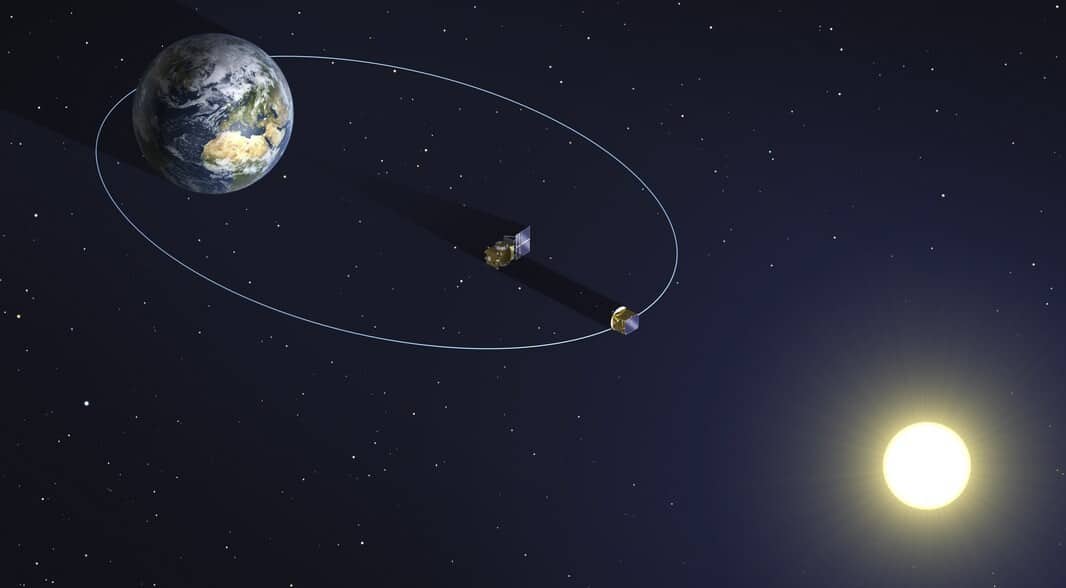The European Space Agency (ESA) has launched a groundbreaking mission, Proba-3, which aims to create artificial solar eclipses to enhance the understanding of the Sun’s corona. This unique endeavor involves a pair of satellites, the Occulter and the Coronagraph, designed collaboratively by 14 member states and launched into space by India on December 5.
Proba-3 will allow astrophysicists to study the corona, the Sun’s outer atmosphere, which is hotter and larger than the solar surface but often obscured by the Sun’s intense brightness. The two satellites will operate in tandem, positioned approximately one and a half football fields apart, orbiting Earth in a manner similar to the Moon.
The Occulter will block the light from the Sun’s disk during a six-hour observation window, enabling the Coronagraph to capture images of the corona—capabilities that ground-based telescopes cannot achieve. The mission requires precise positioning, with the satellites needing to maintain accuracy down to the thickness of an average fingernail while traveling at high speeds in space.
This mission addresses a critical observational gap in solar imaging, specifically from about three solar radii down to 1.1 solar radii. The corona plays a vital role in space weather phenomena, including solar wind and coronal mass ejections, which can significantly impact satellite operations and electronic systems on Earth. The Proba-3 project is poised to provide unprecedented insights into this elusive aspect of our Solar System, advancing the field of solar astrophysics.



